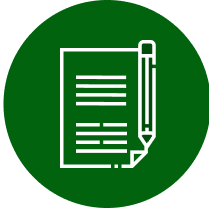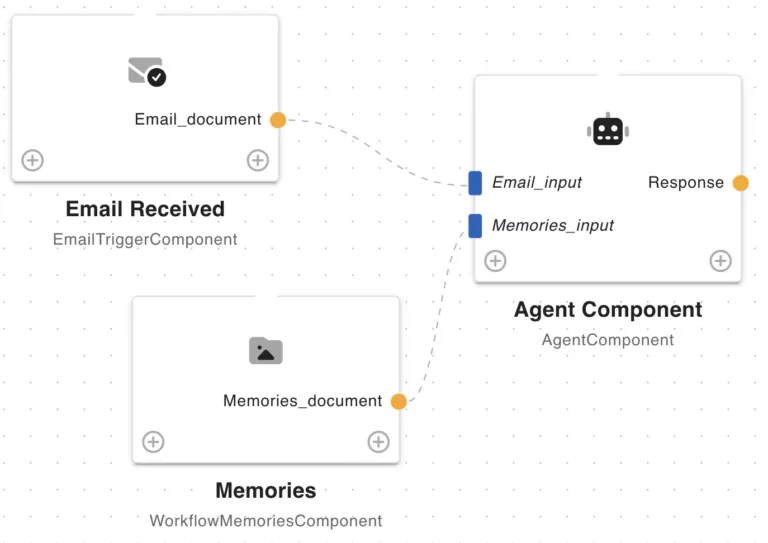Problem statement
Typelens addresses the concrete challenge of manually handling and processing unstructured documents and emails in office workflows. These documents represent a common source of inefficiency, delays, and human error in many businesses. Tasks such as registering delivery notes, purchase orders, or organizing incoming emails typically require manual data entry, verification, and cross-checking with ERP systems. Typelens uses AI technologies including LLMs, OCR, and autonomous agents to extract structured data from unstructured formats (PDFs, images, emails, etc.), even when data is incomplete, contains typos, or uses inconsistent codes. It automatically reconciles this data with internal company databases and integrates with ERP systems to trigger business actions. This reduces manual effort, increases process speed, and ensures data accuracy—enabling measurable efficiency gains across document-heavy workflows.
Main outcome
Typelens delivers measurable benefits to businesses by automating time-consuming, repetitive document-handling tasks. It significantly increases productivity by reducing manual data entry, verification, and document classification—freeing up employees to focus on higher-value activities. This leads to faster processing times, fewer errors, and better operational continuity, especially in critical workflows like order management, invoicing, and logistics. By integrating directly with ERP systems, Typelens minimizes process delays and ensures data consistency across departments. For companies handling high volumes of emails and unstructured documents, this translates into cost savings, scalability, and the ability to handle more business without increasing headcount. In turn, this unlocks new market opportunities by enabling faster response times, better customer service, and the agility to scale operations efficiently giving businesses a competitive edge in document-intensive industries.








